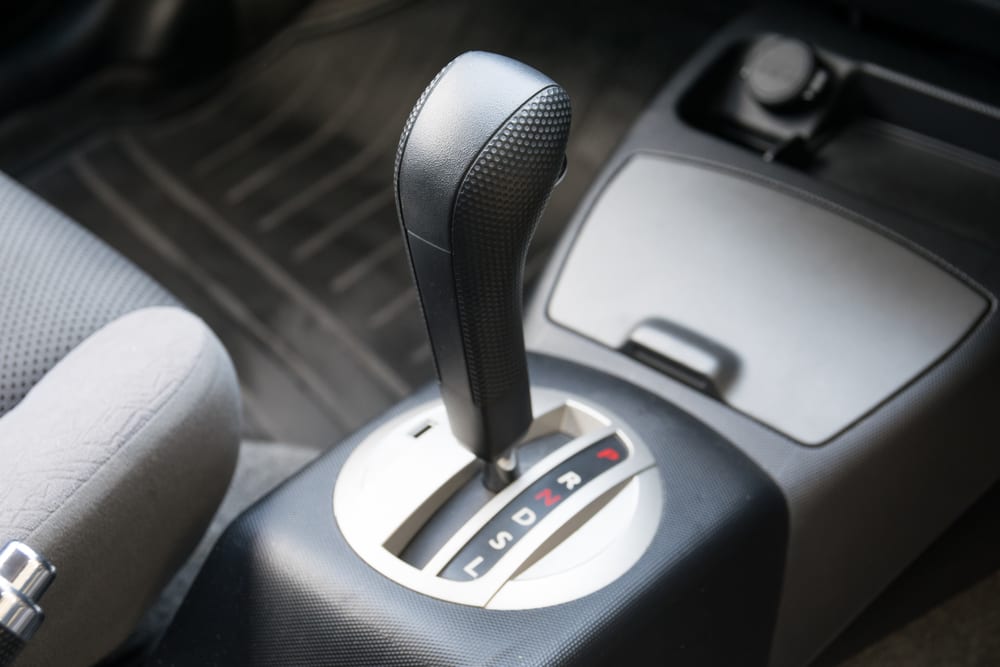

The neutral safety switch is a safety device that only allows you to start your engine when the automatic transmission is in either Park or Neutral. The purpose of the neutral safety switch is to prevent the car from starting while in gear, which would cause it to launch forward unexpectedly.
In the mid-1960's, the automotive industry underwent a tremendous shift in regards to overall vehicle safety. Many automotive historians point to the formation of the Specialty Equipment Manufacturers Association (SEMA) in 1963 as the moment when advancements in motorsports safety began to show up in production vehicles. Common safety devices found in motorsports such as seat belts and fuel shut off systems were invented for motorsport applications and found their way into production vehicles. Although most production vehicles have had a neutral safety switch as early as the late 1950's, their use on manual transmissions was mandated by the SFI Foundation and became commonplace in the early 1980's on all production vehicles.
The neutral safety switch for an automatic transmission is located inside the transmission case or in the linkage that allows the vehicle to shift gears. This switch prevents you from starting the engine when the transmission is in any gear other than Park or Neutral.
Manual transmissions have a similar safety device that is commonly located on the clutch pedal. This ensures that a manual transmission vehicle can't be started unless the clutch pedal is depressed. Once triggered, the neutral safety switch allows the electrical current to cycle from the ignition switch to the engine starter and ignition system which activates the ignition process. This is done to prevent damage to the starter motor and the transmission, but most importantly to reduce potential accidents.
When the neutral safety switch or one of the components that connects the switch to ancillary support systems that operate the device is damaged, there are a few warning signals or symptoms that may indicate a problem exists. Noted below are a few of these warning signs that should alert you to contact a local ASE certified mechanic to inspect and replace the neutral safety switch if needed.
1. Engine will not crank in park but cranks in neutral
When the driver turns the ignition switch and the automatic transmission is in park, or the manual transmission is in neutral and the clutch pedal is engaged, the car should trigger the starter to engage. However, if they turn the key under these circumstances and the vehicle does not crank over, it may be caused by a faulty neutral safety switch inside the transmission or clutch pedal. Since this symptom may also be attributed to battery issues, broken starters, or other component failures, a certified mechanic will need to inspect this in person to determine the correct course of action.
2. Engine will not crank in neutral but cranks in park
On the opposite side of the spectrum, when the vehicle cranks over when the transmission in in park but not neutral, it's typically due to a faulty neutral safety switch. In this case, the switch is either experiencing an internal component failure where it is activating in one gear but not the other. It may also be due to an electrical failure or that the switch is loose and needs to be adjusted. A certified mechanic can repair this issue if found early enough.
3. Engine does not crank at all, regardless of the transmission gear
If the engine will not crank at all, it's typical of a neutral safety switch that is experiencing electrical issues. In this case, no power is flowing through the neutral safety switch to the starter relay. This prevents the starter motor from cranking the engine. This symptom indicates a completely open electrical circuit inside the neutral safety switch which may be due to a faulty relay, blown fuse, or electrical problem with the switch itself. If the issue is with the switch, it will need to be replaced.
4. Engine cranks in any gear
Being able to crank the engine even when it is already running and the transmission is in gear is a sign of a neutral safety switch that has a short circuit internally. When this occurs, it's a serious safety hazard, as essentially it's as if there is no neutral safety switch installed on your vehicle. In this case, the safety switch must be replaced as soon as possible to avoid serious accidents or injuries.
If you experience any of the above symptoms or warning signs, it's smart to contact a trained technician like the local ASE certified mechanics from YourMechanic.



